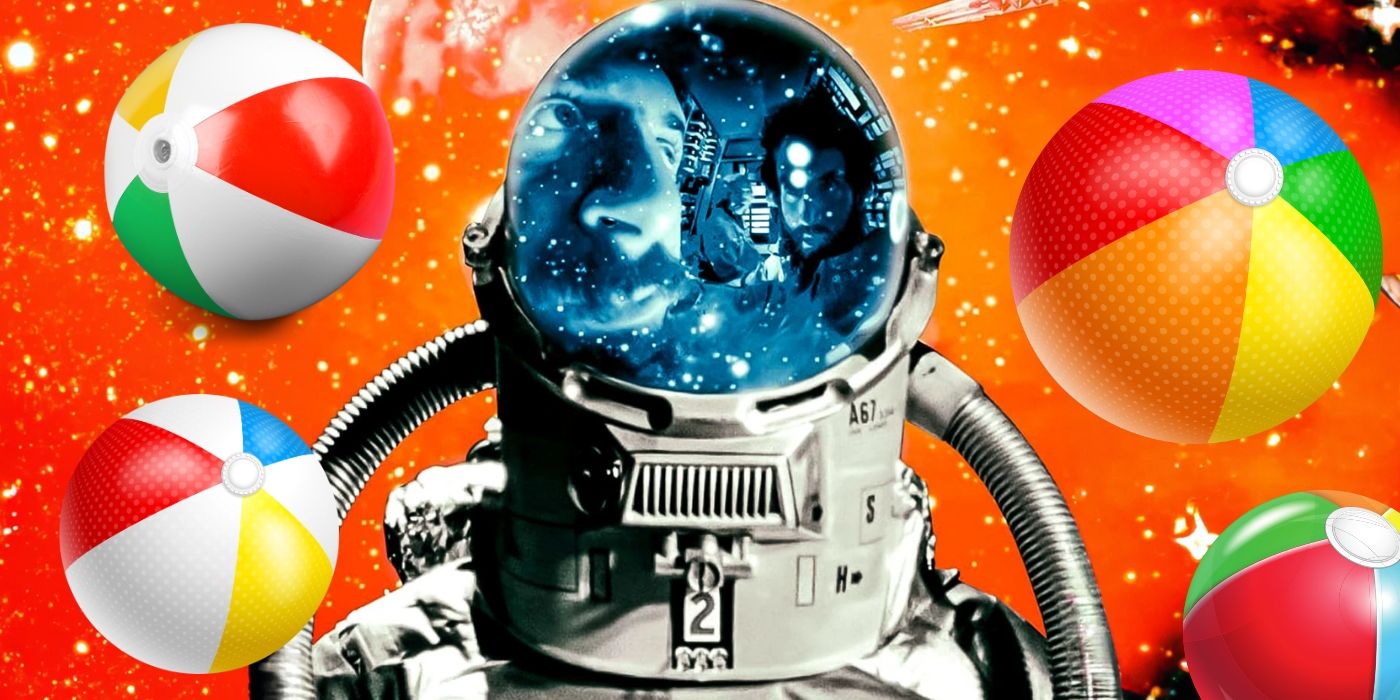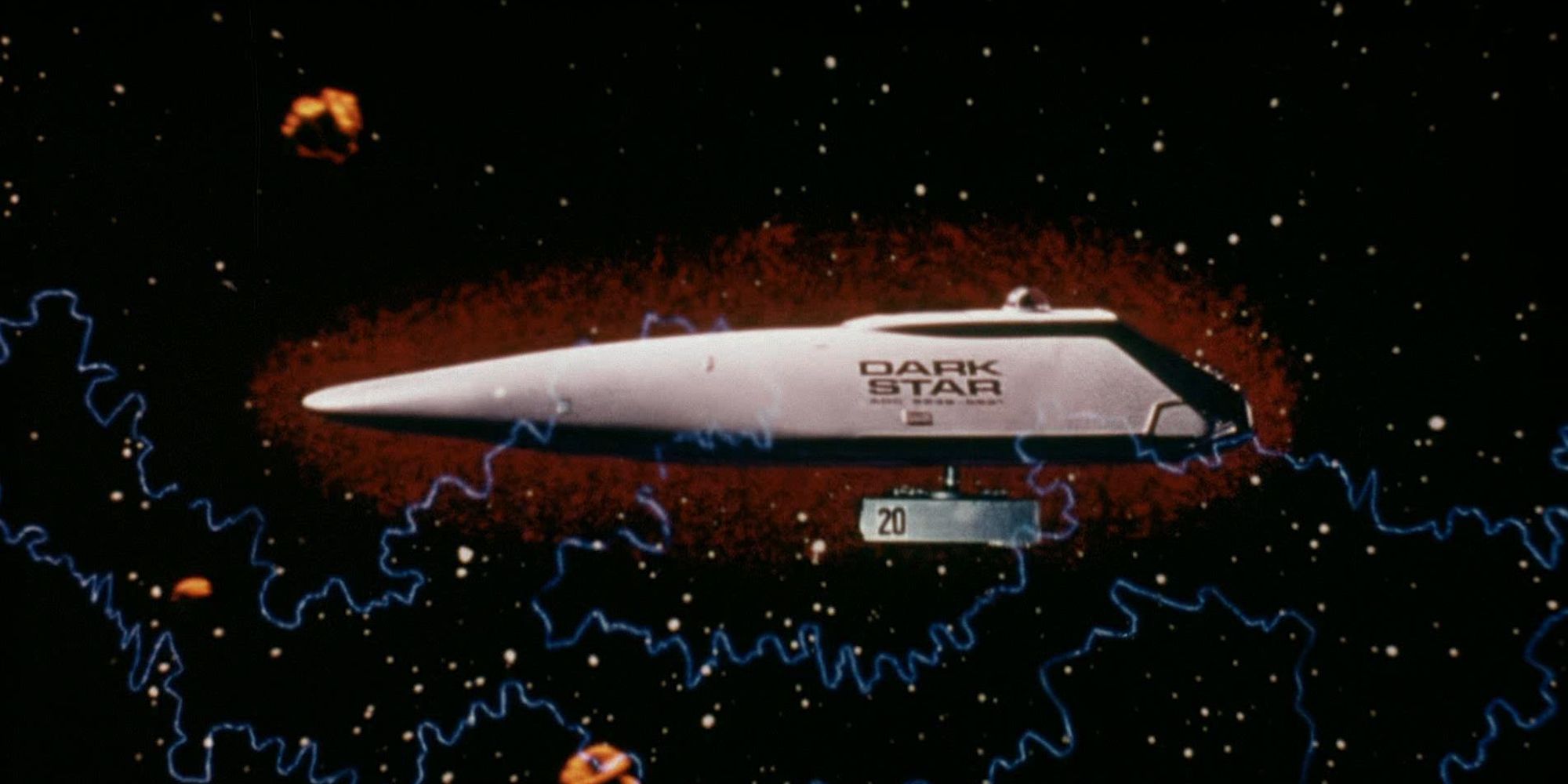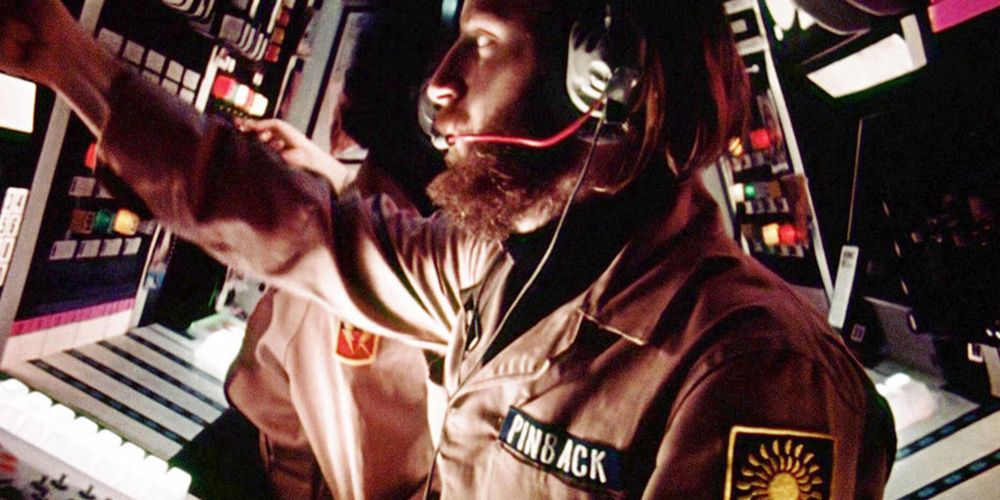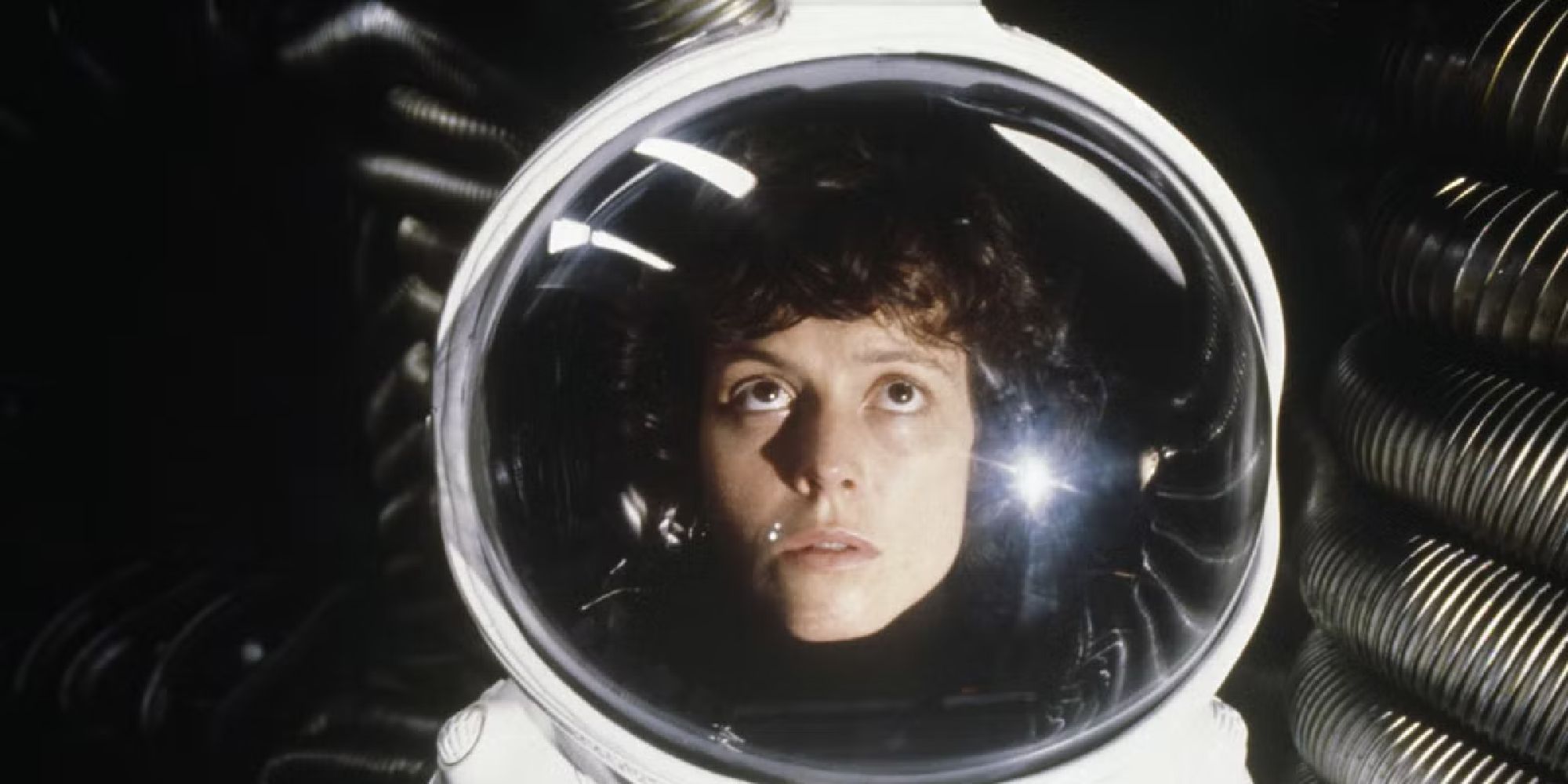John Carpenter spent the last quarter of the 20th Century as one of the best directors in the game, but did you know that he got his start directing a sci-fi comedy with a beach ball in it? That's right, Carpenter's debut was 1974's Dark Star, a low-budget independent film about a crew of astronauts who fly around the galaxy and destroy dying planets. The film's production was lengthy, but the four years spent on it gave Carpenter and co-writer Dan O'Bannon plenty of room to hone their craft and shape them into the artists they would become. Carpenter would go on to direct Halloween and several other legendary genre movies, while O'Bannon ended up writing Alien and becoming a force in the world of science-fiction. While both would become beloved figures in their own respective ways, we'd never have their killer contributions to cinema if it weren't for Dark Star.
Dark Star originally came to be while Carpenter and O'Bannon were film students at USC in the early 70s. The two intended Dark Star to be a 45-minute short film, but over the course of a few years of filming, O'Bannon continued to flesh out more ideas for the film. The budget grew to $60,000, and they ended up turning it into a feature. In a 2008 interview with Sci-Fi Online, Carpenter said, "It wasn’t a movie shoot like we think of today. It wasn’t 'you shoot the whole movie in one section in one block of time.' It was 'shoot a scene, raise money, shoot a scene months later, raise money.'" Frequent future Carpenter collaborators Tommy Lee Wallace and Nick Castle even ended up helping out on this production, while John Landis helped the film land theatrical distribution. Considering the limitations that Carpenter and O'Bannon faced in making their stripped-back, sci-fi comedy, what they ended up pulling off is incredibly impressive!
John Carpenter Takes a Whack at '2001'
The end result of Carpenter and O'Bannon's efforts is a slow but easygoing watch. "Slow" might make Dark Star sound like a bad time, but that's part of the film's goal. Between blowing up planets, the titular Dark Star's crew sits around, smokes weed, and wanders the corridors looking for anything to pass the time. It feels like a direct response to 2001: A Space Odyssey, another movie that's partially about the listless passage of time while traveling through outer space. Dark Star is just about a bunch of guys who are bored out of their minds that need something to do. This isn't the only way that Dark Star feels like Stanley Kubrick's masterpiece. The way that the crew interacts with the ship's artificial intelligence and their conversations with sentient weapons Bomb 19 and 20 (both voiced by O'Bannon) mirror those with HAL-9000 in 2001. It's just that instead of trying to outsmart a life-threatening, hostile computer, this group of space hippies are scolded by their ship's operational computer and have to deal with scatterbrained bombs.
Because of Carpenter's reputation as a filmmaker and some of O'Bannon's future credits, those who haven't seen Dark Star expect the film to be some sort of low-budget, sci-fi horror schlock. Do not go into this film with those expectations. Dark Star is a laid-back, joke-filled hangout comedy, though not in the mainstream sense. This definitely feels like a movie made by your film-major college friends. The jokes in this movie come from a ridiculously specific, dry, and sarcastic place; you can feel the crew of college kids cracking up behind the scenes. Not all the humor lands, and most of the acting is below amateur. But there's a real charm to Dark Star -- you can feel the fun the filmmakers are having.
Dan O'Bannon Is the Secret Weapon Behind 'Dark Star'
With its student-film origins, you'd expect Carpenter's debut to feature dodgy effects and play purely off of the fact that you know where its filmmakers' careers would go. But thanks to O'Bannon's incredible designs and special-effects work, Dark Star is elevated beyond its low budget. He was inspired by 2001's ability to make space look real on screen and was driven to make his film look as close to that as possible. What resulted was an incredibly resourceful effort. O'Bannon was crafty in his designs and the ways that he brought this sci-fi world to life, using box cars for Bombs 19 and 20. He built all the interiors and exteriors of the Dark Star himself, and had the Dark Star spaceship prop built out of fiberglass by model maker Greg Jean.
All of these professional and wonderfully crafted effects are contrasted perfectly with the beach ball alien aboard the ship. No, it's not actually supposed to be a beach ball, but the alien's design is literally just a beach ball with claws! I guess when it came time for O'Bannon to design a living, breathing creature, it seems as though he decided to use his budget and talents in designing the film's world instead. If the odds are against you, why not shoot for another joke, right? The only monstrous quality about the alien is its two sharp, lizard-like claws. They look a little rubbery, yeah, but they're all the better for it. The 15 or so minutes that Sergent Pinback (played by O'Bannon, one of his many hats in making this film) spends chasing a beach ball alien through a masterfully constructed spaceship really hits the heart of what this movie is all about. Dark Star is a silly but diligently made low-budget science fiction comedy, and even though it's Carpenter's directorial debut, it's really O'Bannon's movie.
'Dark Star' Had a Bigger Impact on Movies Than You Know
We all know where Carpenter's career would lead from here. Dark Star's director would go on to direct classic after classic for the next 20 years and continue making films into the early 2010s. He never made another comedy again, but he would veer close to the genre a few times with films like Big Trouble in Little China and Memoirs of an Invisible Man. Shoot, even Escape from L.A. kind of acts as a Saturday morning cartoon parody version of its predecessor. Carpenter's place as a legendary horror filmmaker cannot be debated, but his skills as a director of comedies shouldn't be understated.
On the other hand, O'Bannon's career would be greatly informed by Dark Star. O'Bannon would write another science-fiction film just a couple of years later, one that would be a bit bigger than his first feature: Alien. O'Bannon would bring a similar sense of isolation to that film, one that features a blue-collar spaceship crew under attack by an alien that they brought on board. Sound familiar? Not only would he write Alien, but like with Dark Star, he would also have a big hand in designing the world of Ridley Scott's film. H.R. Giger gets all the credit, but without O'Bannon's contributions, that movie just wouldn't be the same. Aside from Alien, O'Bannon would go on to do effects work on the original Star Wars, write the original Total Recall, write and direct the 1985 horror comedy classic Return of the Living Dead, and work on multiple other beloved genre films. O'Bannon would pass away on Dec. 17, 2009, leaving behind a cinematic landscape forever indebted to him.
Dark Star is just about the ultimate cult classic. It was spearheaded by two future genre movie icons in their most primal state, would greatly inform several movies to come, and still carries a fantastic low-budget charm. It's made with the craft and care of a true studio film but remains the ultimate "made by a group of friends" type of picture. You might go to Carpenter's debut to check off one of your blind spots in his filmography, but you should stay for O'Bannon's incredible work as a screenwriter, actor, special-effects master, and concept designer. If it weren't for him and his little beach ball alien, sci-fi wouldn't be what it is today!




